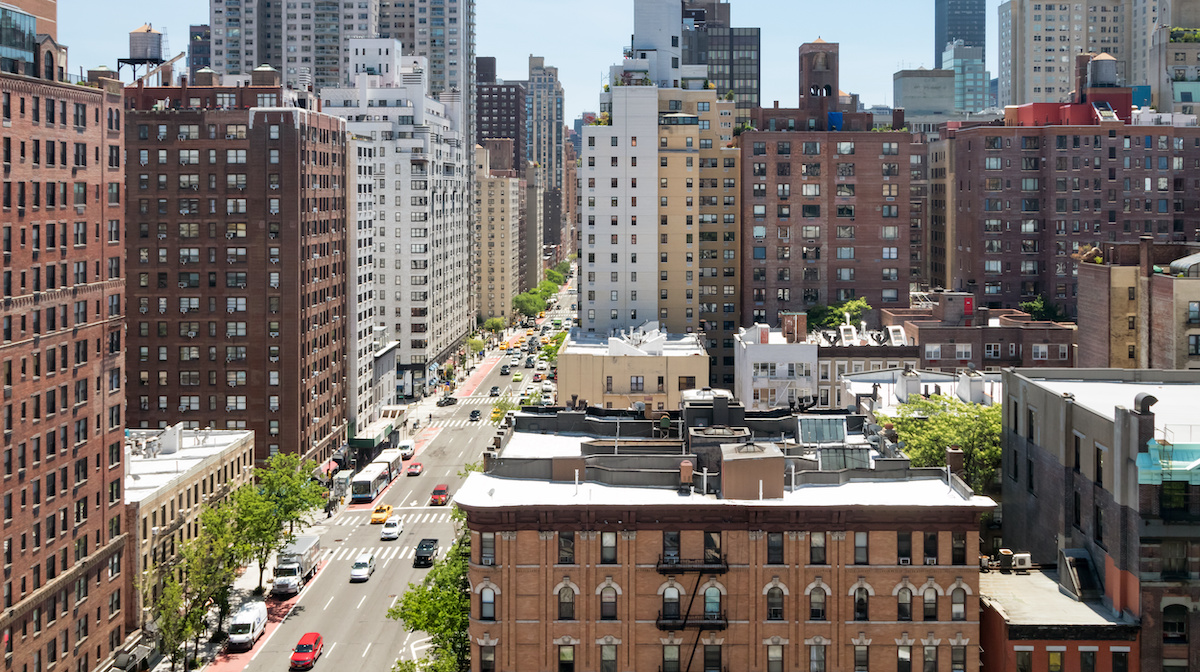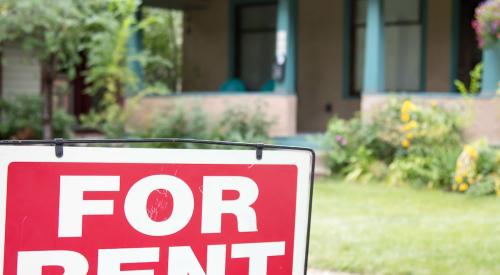Young professionals have returned to cities, pushing apartment rents up and taking the stock prices of apartment companies with it. The FTSE Nareit Equity Apartments index, which tracks publicly traded apartment companies, increased 42% since January 2021. That’s 25% more than the S&P 500. Rents increased more than 10% over the course of the year, says Realtor.com, a dramatic change from the beginning of the pandemic when job losses rendered renters unable to pay, and occupancy rates dropped to new lows. Rents in major metros such as New York City and San Francisco saw double-digit rent decreases.
Some landlords catering to affordable housing or lower-income tenants, meanwhile, have struggled to collect rent during the nearly yearlong eviction ban that ended over the weekend.
But in nearly every major metro area, rents are now much higher than they were a year ago. New York and San Francisco rents have begun to recover without having to lure tenants with free rent or other incentives so often anymore. Most market-rate renters have remained employed during the pandemic and continued making their monthly payments.
“It’s kind of a good time to be an urban apartment owner again,” said Mark Parrell, chief executive of Equity Residential, a real-estate investment trust.
Mr. Parrell said his company is winding down concessions and deal sweeteners across its portfolio, which is mostly centered on large coastal cities.
Last month, Equity expanded into two markets it left about a decade ago, buying rental buildings in Atlanta and Austin, Texas—markets where rents have been steadily rising and for-sale homes are increasingly out of reach for even highly paid locals. Atlanta home prices have risen more than 25% in the past year, pushing more people to rent for longer periods. “That’s good for our company,” Mr. Parrell said.
New household formation is also driving demand for rental apartments, analysts said. “You’ve had young professionals who were living with parents being called back to their employer or who feel more secure and now they’re going to rent,” said Amanda Sweitzer, an analyst at Robert W. Baird & Co.
Apartment owner UDR Inc. noted in a June investor presentation that tenants aged 25-29 and 30-34 now comprise a larger share of their client base than they did before the pandemic. The company hit an all-time high occupancy rate of 97.5%, its chief executive said during a July earnings call.













